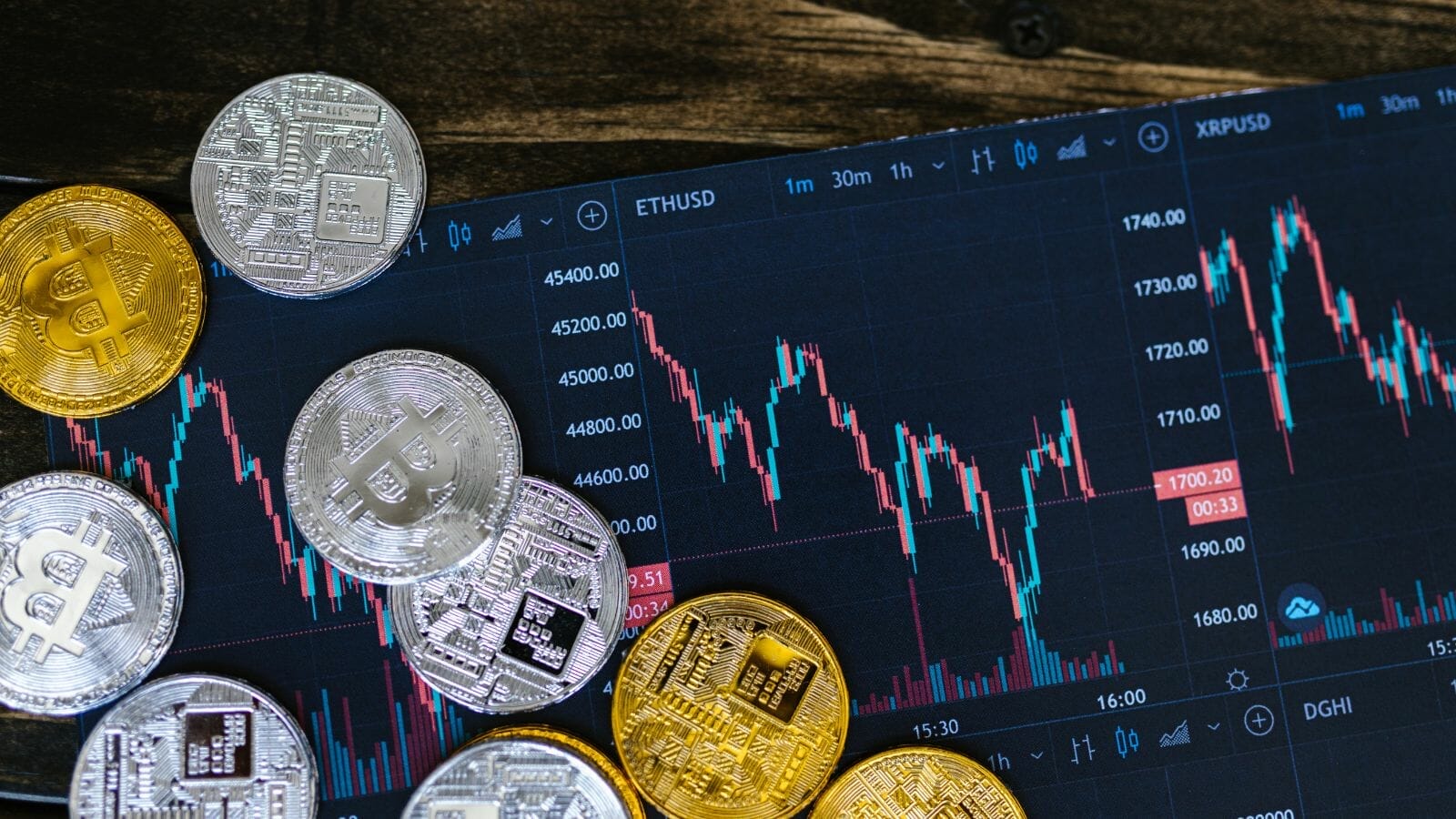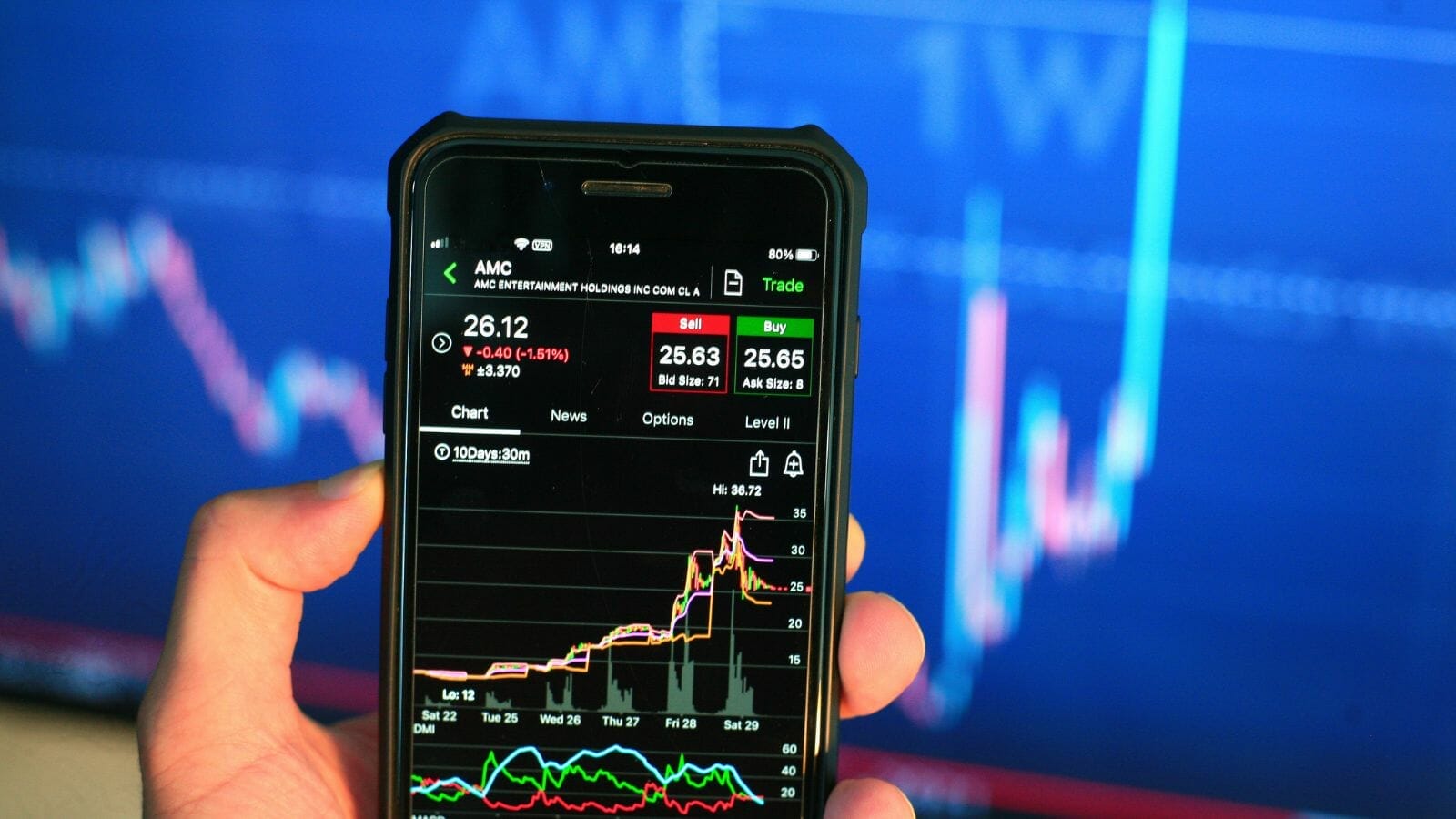Updated 8/7/2023
Preferred shares are the red-headed stepchild of the investment world; they are relatively unknown among most investors. But investors such as Warren Buffett use them to invest in companies such as Occidental, as recently as May 2019. Preferred shares come in many different flavors, and today’s article will uncover the magic of convertible preference shares.
Most investors are familiar with the hierarchy of investments according to who is in order of preference for repayment in the case of bankruptcy.
- Bonds – First
- Preferred Shares – Second
- Common Shares – Last
But how many of us, in fact, know much about preferred shares or the different options available? Frankly, it wasn’t until I became more enlightened after reading about some preferred shares that Buffett purchased preferred shares of Bank of America.
As we will discover, this unknown class of shares offers some unique benefits to investors that may benefit you someday.
In today’s post, we will learn:
- What Are Convertible Preference Shares?
- How the Conversion Ratio for Convertible Preference Shares Works
- Understanding the Conversion Premium of Convertible Preferreds
- How do Investors Invest in Convertible Preferreds
Let’s dive in and learn more about convertible preference shares.
What are Convertible Preference Shares
Investopedia describes convertible preference shares as:
“Convertible preferred stocks are preferred shares that include an option for the holder to convert the shares into a fixed number of common shares after a predetermined date. Most convertible preferred stock is exchanged at the request of the shareholder, but sometimes there is a provision that allows the company, or issuer, to force conversion. The value of a convertible preferred stock is ultimately based on the performance of the common stock.”

All stocks are considered business ownership but come in different flavors. Common stock is generally issued to most investors, thus called “common stock.” But another class of shares are the preferred shares, which also have several different levels.
- Cumulative preferred
- Callable preferred
- Participating preferred
- Convertible preferred
Preferred stock is generally given to investors in young companies, such as venture capitalists. When those investors start with young companies or startups, one of the ways those companies will entice investors is by giving them preferred shares that carry special benefits that common shares don’t have.
Regular investors, such as you and me, also can invest in these shares and enjoy those same benefits; more on that in a moment.
Buffett has used convertible preferred stock to buy multiple companies over the years:
- Goldman Sachs for $5 billion
- General Electric for $3 billion
He also used different levels of preferred shares to buy portions of companies such as Occidental and Bank of America.
How Do Convertible Preferred Shares Work?
As mentioned above, when companies raise money, they have two options, debt or equity. The company can either issue bonds to raise money or dilute them by offering shares for investment. Another option is issuing convertible preferred shares to raise money.
Preferred shares are “hybrid” security because they fall between debt and equity. Equity gives the shareholders ownership and voting rights, but the shareholders have little claim to assets if the company struggles and declares bankruptcy.
That is because bondholders and preferred shareholders are paid first before common shareholders.
Preferred shares are hybrid security in that it pays a fixed dividend plus guarantees a claim on assets if the company goes bad. The offset is that preferred shareholders don’t have the voting rights that common shareholders enjoy.
Preferred shares trade at different prices than their common share cousin, but preferred aren’t as volatile as common shares and are more fixed income-like in style.
Convertible preferred shares allow investors to participate in common stock share appreciation. Preferred shares receive an “almost” guaranteed dividend, but the downside is the dividend does not grow like the common stock dividends.
So, in good times, the preferred dividend will not grow and appreciate like a common stock’s, but when times are bad, the preferred’s dividend is almost guaranteed.
Convertible preferred to avoid this by allowing shareholders to participate in share appreciation, albeit for a lower dividend.
Convertible preferreds have the ability to convert to common shares at the conversion ratio; more on that in a moment.
That means that at some point in the future, either your option or the board of directors option or at some predetermined date, the company can or might convert all your convertible preferred shares to common shares. Once that conversion is complete, there is no return to the preferred status.
Another plus that convertible preferreds offer investors is the boost in dividend yield; where a common dividend yield might offer a rate of 2.5 percent to 3.5 percent, many preferred offer 7 percent to 8 percent yields to entice investors. Of course, once the conversion is completed, the dividend yield changes with the change in ownership privileges.
Let’s look next at the conversion rate and how it works.
How does the Conversion Ratio for Convertible Preferred Shares Work?
To better help us understand how the conversion ratio works, let’s look at an example of convertible preferred stock.

Let’s say we buy a convertible preferred stock for $100, with a conversion ratio of five. To the investor, the common stock needs to trade above $20 for the conversion to make sense for the investor to give up his preferred status.
As the common stock appreciates in price, converting becomes more attractive. Using the above example, if the share price moves to $25, the preferred shareholder would receive $125 ($100 + $25) for each $100 preferred share the investor owns. This equals a 25 percent gain if the investor converts the preferred shares and sells the common stock at $25.
The risk lies in the vagaries of being a common stockholder. If the price declines before the investor can sell its common stock, they are left holding the bag.
Going back to our above example, say the shareholder converted their shares and now owns the company for $25 a share, but the market collapses, and the company’s price falls to $15 a share. Now the shareholder owns $75 ($15 x $5) in common shares and no longer receives that special dividend.
What is a Conversion Ratio, and How Does It Work?
The conversion ratio equals the number of common shares you receive when each preferred share converts; the higher the ratio, the higher the number of common shares received per preferred share.
The conversion ratio is determined when the convertible preferred share is created and does have an impact on the price of the preferred.
We calculate the ratio by dividing the par value ($100) of the preferred shares by the equity conversion price.
As we see how the convertible preferred shares work, you can see why an investor like Warren Buffett would take a swing at these; the upside potential is huge, especially when considering the company you are buying and its growth potential.
For example, during Buffett’s investment in Goldman Sachs, he bought $5 billion in convertible preferred shares and redeemed them for $640 million, a 12.8 percent return, not too shabby.
Example: Bank of America
Let’s look at Bank of America (BAC.PRL) and Prudential (PUK.PRA) to give you a real example of convertible preferred shares.
The Bank of America convertible preferred offers a 7.25% dividend compared to the current dividend yield of 2.96%. The bank issued the preferreds at $1000 par for each share, and the current market price of each share is $1480.05.
So if we apply the conversion rate of 20, each $1000 share of Bank of America converted would convert into 20 shares of common shares.
Let’s do a little math and see if converting those preferred shares would make sense in today’s market.
The par for each share is $1000, and each share is worth 20 shares, so the value of each share of Bank of America for us to convert would be:
Value = $1000 / 20
Value = $50 a share of Bank of America stock.
And currently, the shares of Bank of America are trading at $25.05 as of the writing of this article. Now for a giggle, let’s say the company was trading above $50, and we wanted to convert our one share of convertible preferred.
If the common shares were trading at $50, and the current price of the convertible shares worth $1408, then we would divide that by the conversion rate of 20 to find the value per share of $70.04, which means that we would earn an additional $20.04 above the $50 we would convert it at to more than break even.
Example: Prudential
Let’s look at Prudential now to see how that would play out.
The Prudential convertible preferred shares were traded at $25 par, and the current market price for the preferred is $27.36. The original coupon is paying 6.5%, while the current dividend for the common shares is 6.87 percent, which is higher. The conversion rate of the preferred is 0.25 shares of common stock.
So to convert the preferred shares to common stock, we would want a share price of Prudential to equal $100. We divide the par of $25 by the conversion rate of 0.25, and we get $100.
As we can see, the negotiated price is usually far up the food chain to spread out any repayment of conversion; remember that these shares are often issued to generate cash to fund other opportunities or debts.
Understanding the Conversion Premium of Convertible Preferreds
Convertible preferred shares are bought and sold on the secondary markets like common shares. The market price of the convertible preferred shares is the same as common shares; behavior and fundamentals drive the fluctuations.

For example, the underlying fundamentals of Bank of America are the same for the common shares as for the convertible preferred shares. The company’s credit rating goes a long way toward pricing preferred shares.
The conversion premium would be the difference between the par value and the value of the convertible preferred shares when converted.
Let’s look at Bank of America as an example of how the conversion premium works.
Bank of America currently trades at $25.05, meaning the value of the preferred shares, with a conversion rate of 20, is $501. That means the conversion premium for Bank of America would equal:
Conversion Premium = ($1000 – $501 ) / 100
Conversiom Premium = 49.9%
The lower the premium, the more likely the convertible preferred’s market price will follow the current share price’s volatility.
Higher premium convertibles, like Bank of America, act more like a bond since the higher premium precludes early conversion and the company having to pay the money back for the investment in the convertible preferreds.
Interest rates can also impact the value of these convertible preferred shares. Like a bond, as the interest rates rise, the price of convertible preferreds will drop, and vice versa, with interest rates dropping. The reason for the connection to interest rates is the dividend yield. As interest rates rise, the attractiveness of the dividend yield starts to lose its luster. As interest rates fall, convertible preferreds look more attractive to investors.
How do Investors Invest in Convertible Preferred Shares?
Investing in convertible preferred shares is as easy as investing in any other company you wish to buy. It requires the same investigation skills you apply when buying any other company.

For example, if you were interested in investing in Bank of America but didn’t want to take on the risk and volatility of owning common shares of the company.
You would do your due diligence regarding the company, analyzing the financials, intrinsic value, and management, including items such as the company’s credit rating, to determine the strength of investing long-term in a company like Bank of America. Remember that the preferred shares are not designed to be redeemed quickly, so these are generally not short-term investments.
Almost all of the major retail brokerage firms offer the ability to buy convertible preferred shares like you would any other stock.
I use Schwab as my brokerage, and they offer convertible preferred shares as an option to purchase, with the ability to screen for the companies and offer additional analysis of the preferred shares, along with credit ratings, par values, conversion rates, and so on.
Many companies, including Wells Fargo, Broadcom, AT&T, and Becton Dickinson, offer convertible preferreds currently.
Final Thoughts
Investors who want to enjoy the benefits of common stock ownership consider convertible preferred the best of both worlds. One, you get the benefits of ownership without as much risk as common shares. Two, you get the benefit of a higher-yielding dividend without the risk associated with common shares.
Employing convertible preferred shares in your portfolio might be a great way to earn additional income without the risk of investing in the common shares. Enjoying the additional dividend yield is sometimes an enticing investment and a great way to build additional wealth while you wait for the price appreciation of the underlying common shares.
The neat thing about the stock market is the multiple options available to us as investors; all it takes is to look around a little and discover the other options.
And as for the advantage of the convertible preferred shares, employing them as a means of less volatility and risk might be easier than trying to learn the bond market and all that is required to invest in bonds.
Well, that is going to wrap up our discussion for today.
As always, thank you for taking the time to read this post. I hope you find something of value on your investing journey.
If you have any questions, please don’t hesitate to reach out.
Until next time, please be safe out there and take care,
Dave
Related posts:
- Tier 1 Capital – The Easy Way to See the Strength of a Bank’s Balance Sheet Banks take the lead in earnings season every session, and analysts make a lot out of the bank’s ability to withstand losses if the economy...
- The Pros and Cons of Redeemable Preferred Stock I recently wrote a post about the pros and cons of preferred equity, but did you know that there are actually is a type of...
- Bank Balance Sheet: The Importance of Stress Tests for Investors Most of the risk associated with investing in banks is tied up in the bank’s balance sheet. All banks go through a process of stress,...
- How Fractional Reserve Banking Works and How Banks Create Money With It Updated 8/7/2023 The banking system, with all of its checks and balances, is confusing to many, including yours truly. However, depositing our money in our...
